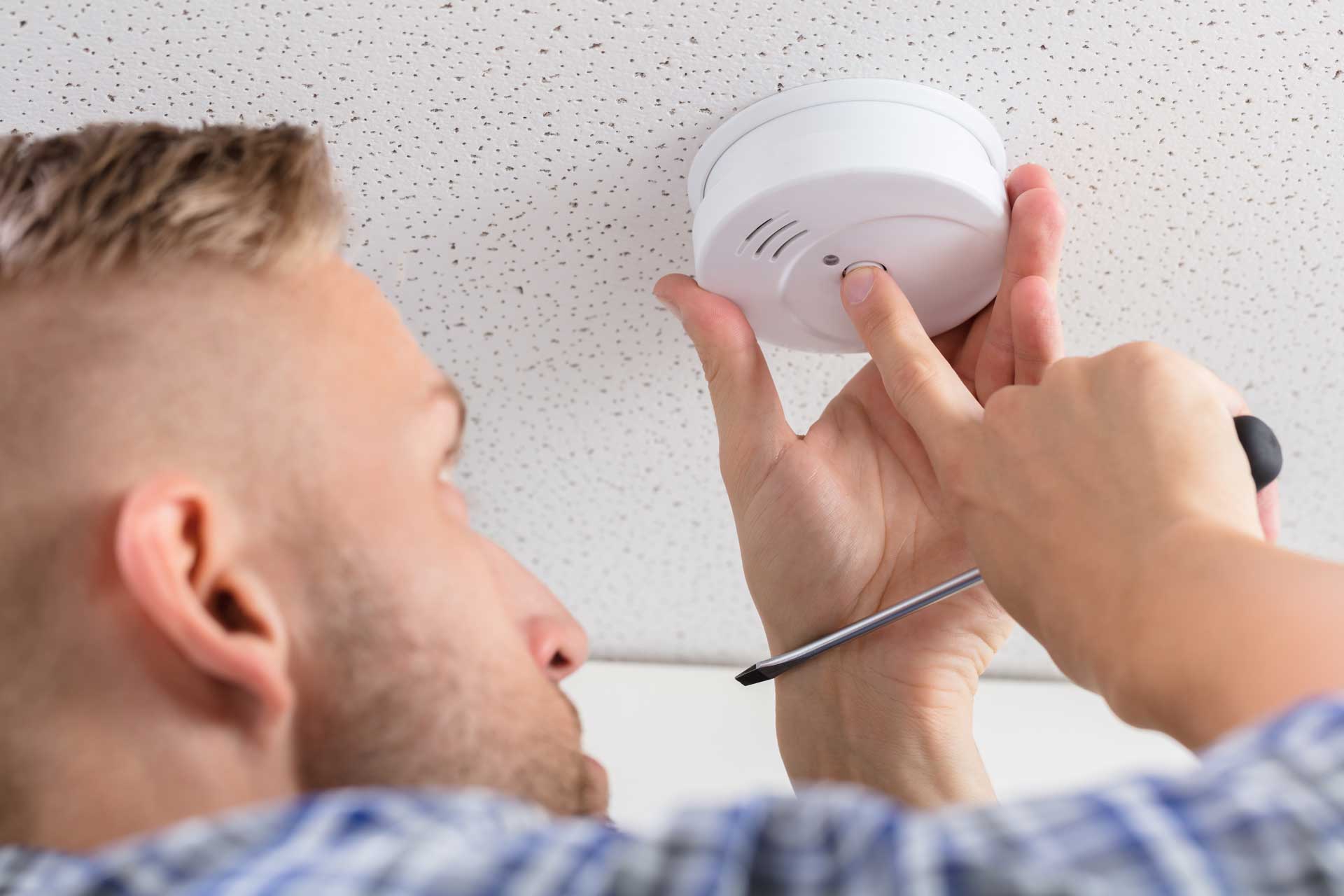
Last updated on January 31st, 2023
A few years ago, following the deaths of housing residents due to Carbon Monoxide (CO), the U.S. Department of Housing and Urban Development (HUD) began working on federal legislation to ensure it would never happen again. Under the Appropriations Act of 2021, new federal rules for CO alarms and detectors took effect December 27, 2022. Here’s what you need to know…
CO is a toxic gas that has no smell or color. When it builds up, it can be deadly to people and pets in just a matter of minutes. It can also leave those who inhale it with permanent brain damage, cardiac issues, cause miscarriages, and numerous other short- and long-term health issues. When fuel burning in stoves, grills, fireplaces, gas ranges, furnaces, lanterns, small engines, cars, trucks, and more doesn’t completely combust, CO is generated. Still, it doesn’t have to go undetected thanks to modern-day CO alarms and detectors that can save lives and protect health.
As reported by the National Low Income Housing Coalition, the new requirements apply to all authorities that provide Public Housing, Housing Choice Voucher (HCV), Project-Based Voucher (PBV), Project-Based Rental Assistance (PBRA), Section 202 Supportive Housing for the Elderly, and Section 811 Supportive Housing for Persons with Disabilities programs. Housing Opportunities for Persons with AIDS or HOPWA-assisted housing is also covered.
Overall, the new rules require CO alarms or detectors meet or exceed standards in 2018 International Fire Code Chapters Nine and Eleven, and be installed in covered units and buildings that have fuel-burning appliances and/or an attached garage. (When state or local laws regarding CO are more stringent than the federal requirements, the state or local laws govern.)
The notices issued by HUD also stress the importance of and guidance on preventing CO from entering buildings and units in the first place, with properly installed and maintained appliances and proper ventilation. If you own/run housing that receives federal rental assistance, consider having maintenance staff proactively visit and inspect all units for compliance. Also check the unit’s/building’s ventilation and fuel-burning appliances’ hookups. Then, at least twice a year, make sure alarms/detectors are operational and running correctly.
Finally, consider educating residents about the risks of CO and why the alarms and detectors are so important. The federal rules indicate HUD will make available educational materials on its website that can be used for educational purposes.
For more information, refer to these resources:
- HUD Notice enforcing the requirements and providing more details about maintenance and potential sources of CO
- HOPWA Notice
- HUD’s Office of Multifamily Housing Decision Tree for Alarms/Detectors
Earlier this month, HUD introduced two funding opportunities to improve public housing health; one of the opportunities includes Public Housing Authority (PHA) funding for “evaluating and mitigating threats to public housing residents, such as lead-based paint, carbon monoxide, mold, radon, fire, and asbestos.”
As stated in the press release, “PHAs have until April 13, 2023, to apply for the $165 million HRHLBP NOFO through Grants.gov. HUD encourages eligible applicants to apply and has made this funding available earlier in the fiscal year with more time for applicants to apply in order to facilitate a diverse set of applications.”
Of course, if you need assistance figuring out how to expense the alarms/detectors – or anything related to accounting, taxes, audit, or advisory services – please contact us at RBT CPAs. We’re a leading accounting firm in the Hudson Valley and beyond, with extensive experience supporting HUD agencies and owners.
